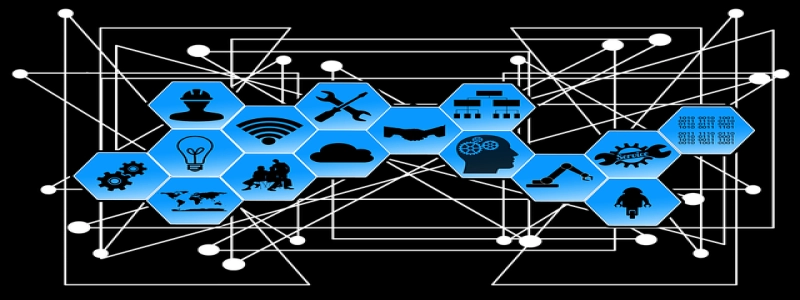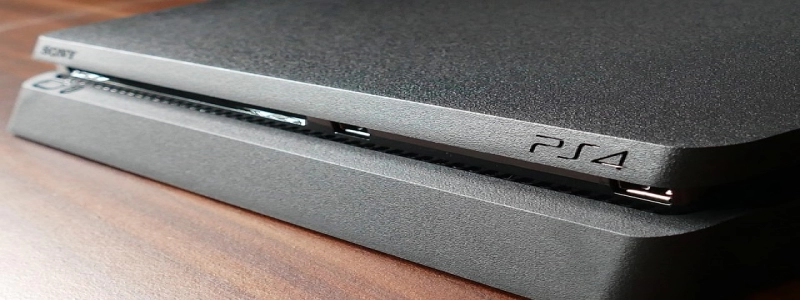What is Shielded Ethernet Cable?
Introduction:
In today’s technologically advanced world, the need for fast and reliable internet connectivity is essential. Ethernet cables are the most common means of connecting devices to the internet. However, not all ethernet cables are created equal. One type that has gained popularity in recent years is shielded ethernet cable. In this article, we will delve into what shielded ethernet cable is and why it is advantageous.
I. Definition of Shielded Ethernet Cable:
Shielded ethernet cable, also known as STP (shielded twisted pair) cable, is a type of ethernet cable that features additional layers of shielding to protect against electromagnetic interference (EMI) and radio frequency interference (RFI). It consists of four pairs of twisted copper wires encased in insulation and an outer shield made of aluminum foil or copper braid.
II. Advantages of Shielded Ethernet Cable:
1. Enhanced Performance: Shielded ethernet cable offers better performance when compared to unshielded ethernet cables (UTP). The shielding protects the cable from external interference, ensuring a stable and consistent connection, especially in environments with high electrical noise or electromagnetic interference.
2. Longer Cable Runs: Shielded ethernet cable allows for longer cable runs without experiencing signal degradation. The shielding minimizes the impact of external factors that can weaken the signal over long distances, making it suitable for installations where longer cables are required.
3. Reduced Crosstalk: Crosstalk occurs when signals from adjacent wires interfere with each other, leading to data loss or corruption. Shielded ethernet cable features additional insulation and shielding that significantly reduces crosstalk, resulting in improved data transmission and fewer errors.
4. Increased Security: The shielding on the cable provides added security by preventing the interception of signals and reducing the risk of unauthorized access or data leakage. This makes shielded ethernet cable ideal for environments that require higher levels of security, such as corporate offices and government organizations.
III. Common Applications:
Shielded ethernet cables find applications in various industries and scenarios, including:
1. Industrial Environments: In industrial settings, shielded ethernet cables are crucial due to the presence of heavy machinery and electrical equipment, which can generate significant electrical noise that affects signal quality. Shielded cables help maintain reliable communication in such environments.
2. Healthcare Facilities: Hospitals and medical facilities often require secure and interference-free network connections. Shielded ethernet cables provide the necessary protection against electromechanical interference, ensuring uninterrupted data transmission for crucial medical systems.
3. Data Centers: Data centers handle large amounts of data and require stable and high-speed internet connectivity. Shielded ethernet cables offer the reliability and performance needed in these demanding environments, where multiple cables are routed close to each other.
Conclusion:
Shielded ethernet cable is a superior alternative to unshielded ethernet cables, offering enhanced performance, longer cable runs, reduced crosstalk, and increased security. Its ability to resist electromagnetic and radio frequency interference makes it suitable for industries and environments that demand reliable and secure network connections. When considering ethernet cable options, shielded ethernet cable is a valuable choice that ensures optimal performance and data integrity.








